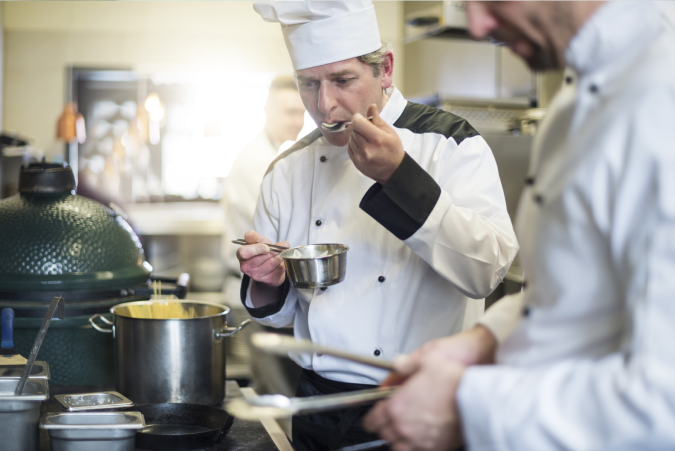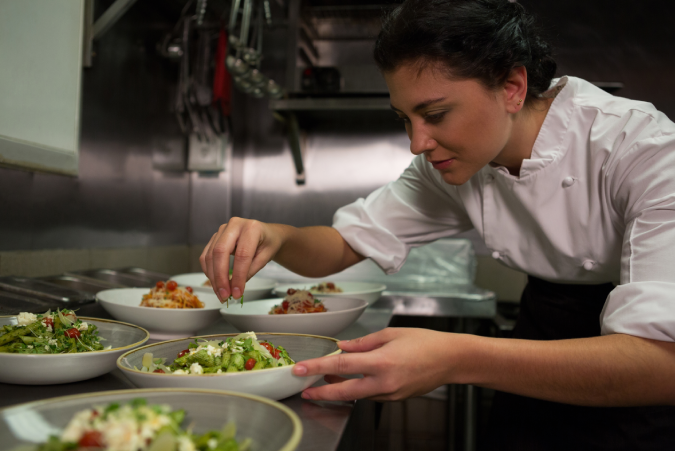Menu Planning Checklist
Whether starting your own restaurant or giving your current venture a refresh, every establishment needs an amazing menu. Your menus are at the heart of your business! They help to give your customers an idea of the type of cuisine you’re known for and give an inkling of the gastronomical journey a person can go on when dining at your venue.
If you want to craft the best menu for an even better guest experience, we’ve got you covered. Our menu planning checklist will help you master the entire process - from getting started to putting the final touches on your menu! Prepare to garner the most profit and wow your customers.
Getting Started
- Do your market research
- Pick a cuisine type that you’re going to be known for
- Select your signature dishes
Develop Your Menu Types
- Organize your main menu
- Create a beverage menu
- Work on your dessert menu
Fill In Your Menu Content
- Highlight the food vendors and ingredient suppliers (justifies pricing, establishes quality)
- Write up the dish/ingredient information (allergens, price, description, etc.)
Other Considerations
- Is the menu length in line with your type of restaurant?
- Does the design make for easy reading (for example, in low lighting conditions?)
- Have you considered a seasonal menu for diners?
- Would a tasting menu fit into your restaurant theme?
Additional Information To Add To Your Menu
- Highlight your business’s social media information
- Add in a chef and/or owner bio
- Include a QR code that links to your private event contact form
Now, let’s look at these points in more detail. source: perfectvenue.com





